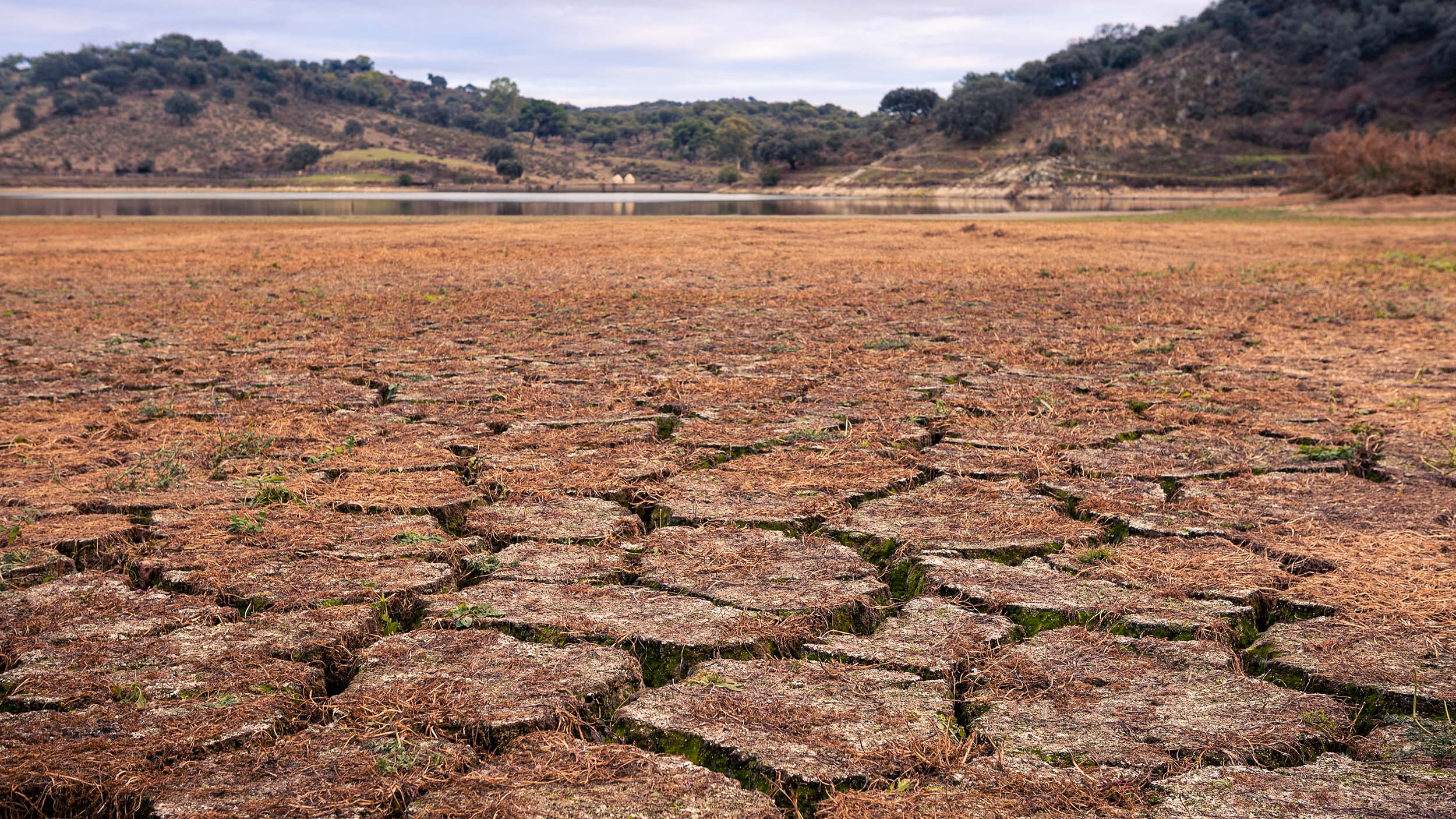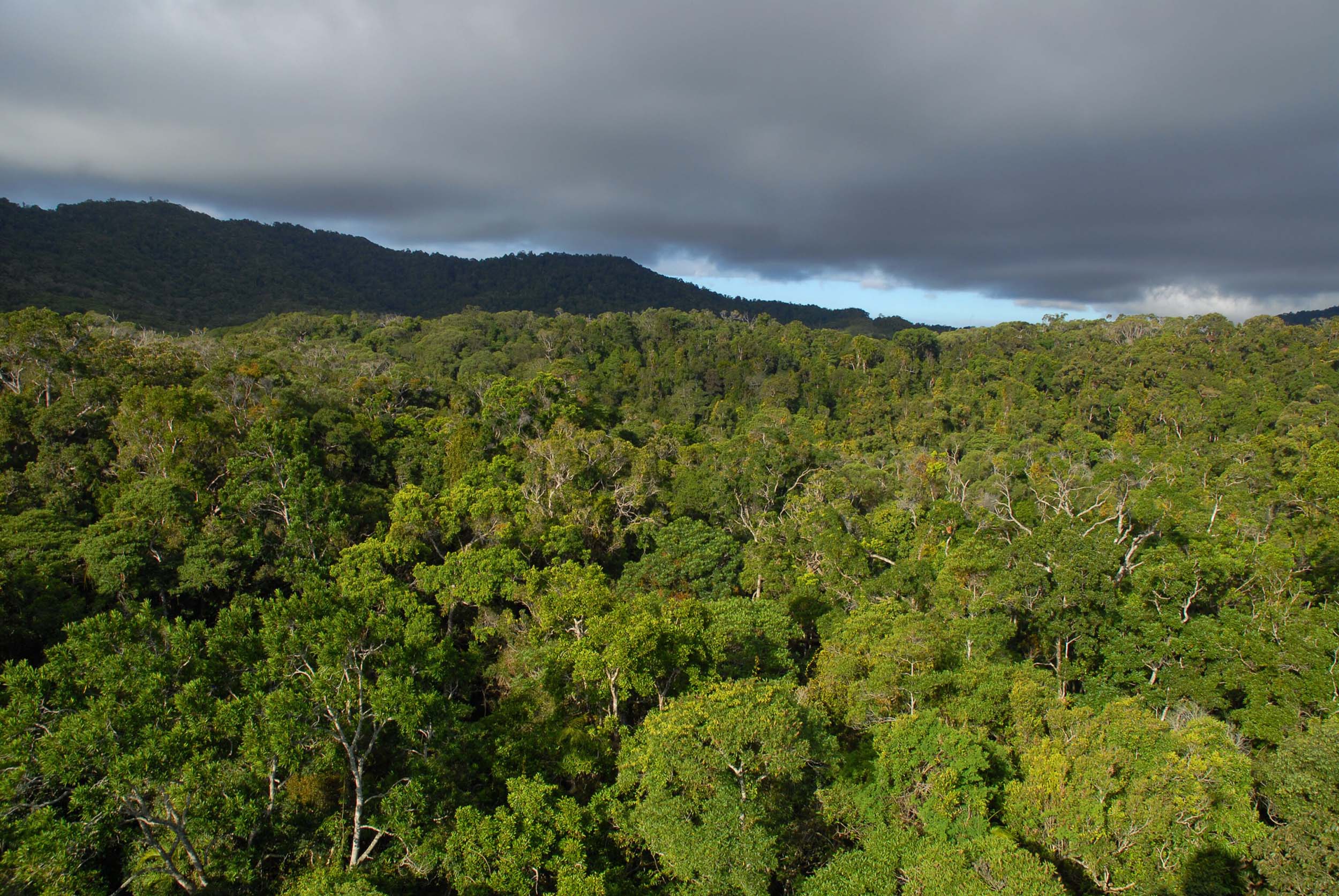Climate plays a significant role in shaping our environment and lifestyles. It influences everything from the clothes we wear to the crops we grow. But did you know that certain climate phenomena can drastically alter weather patterns across the globe? Two such phenomena are El Niño and La Niña, which originate in the Pacific Ocean but have effects that reach far beyond its shores.
El Niño and La Niña are part of a natural climate cycle known as the El Niño-Southern Oscillation (ENSO). They represent the warm (El Niño) and cool (La Niña) phases of this cycle. Although these events occur in the Pacific Ocean, they have profound impacts on global weather patterns due to the enormous size of the Pacific and its ability to store and transfer heat.
While El Niño and La Niña affect many parts of the world, Australia is particularly susceptible due to its geographical location. These phenomena can lead to extreme weather conditions such as droughts, floods, heatwaves, and bushfires in different parts of the country.
Here, we will delve into what El Niño is, how it forms, its potential impacts in Australia, and how individuals and communities can manage these effects. By understanding these phenomena, we can better prepare for their impacts and safeguard our environment and livelihoods.
Understanding El Niño
El Niño, Spanish for ‘the little boy’ or ‘Christ child’, is a climate pattern that describes the unusual warming of surface waters in the eastern tropical Pacific Ocean. El Niño is the warm phase of the El Niño-Southern Oscillation (ENSO) and is associated with a band of warm ocean water that develops in the central and east-central equatorial Pacific.
What is it?
El Niño events are characterized by unusually warm ocean temperatures in the Equatorial Pacific, as opposed to La Niña, which is characterized by unusually cold ocean temperatures in the Equatorial Pacific. The warmer waters associated with El Niño can have significant impacts on global weather patterns because they disrupt the normal patterns of wind and rainfall.
It’s important to note that El Niño is not a storm or weather event that you can see or feel in the same way you would a thunderstorm or snowfall. Rather, it’s a climatic phenomenon that arises from complex interactions between the ocean and the atmosphere.
How does it form?
El Niño forms when easterly trade winds in the Pacific weaken or even reverse direction — an event known as a “flip”. This flip allows warm water from the western Pacific to move east towards the Americas. As this warm water moves, it takes the place of the cooler water that was upwelled along the coast of South America.
Under normal conditions, these trade winds blow westward across the Pacific, piling up warm surface water in the west and causing upwelling of deep, cold water in the east. However, during an El Niño, these winds weaken and can even reverse. This causes the central and eastern Pacific to warm up, which in turn affects global weather patterns.
The development of an El Niño can last anywhere from six to 18 months and tends to peak around December, hence its name ‘the Christ child’ in Spanish. It’s a natural part of the Earth’s climate system, occurring roughly every two to seven years. However, each El Niño event is unique in terms of its magnitude, duration, and impacts.
The Impact of El Niño in Australia
El Niño has a significant influence on Australia’s climate, often leading to less rainfall, higher temperatures, and shifts in temperature extremes. These changes can have wide-ranging effects on weather patterns, agriculture, water supply, wildlife, and more.
Effects on Weather Patterns
During an El Niño event, Australia often experiences reduced rainfall, particularly in the winter and spring in the eastern part of the country. This can lead to drought conditions, which can be exacerbated by warmer than usual temperatures1. These conditions also increase the risk of heatwaves and bushfires23.
Effects on Agriculture and Water Supply
The reduced rainfall and warmer temperatures associated with El Niño can have serious impacts on agriculture. Crops may suffer from lack of water and increased frost risk, while livestock may face food shortages due to reduced pasture growth1. Water supplies can also become strained, affecting both urban and rural communities.
Effects on Wildlife
Wildlife can also be affected by the changes brought about by El Niño. The drier conditions can reduce food availability for many species, and the increased risk of bushfires can destroy habitats4.
Historical Examples of El Niño Events in Australia
Historically, Australia has experienced several significant El Niño events. For example, the 1982-1983 El Niño event was one of the strongest of the 20th century and led to severe drought and devastating bushfires, including the Ash Wednesday fires that claimed numerous lives and caused extensive property damage.
More recently, the 2015-2016 El Niño was also particularly strong, leading to drought conditions in many parts of Australia. This event also contributed to the severe global coral bleaching event that severely affected the Great Barrier Reef5.
Looking ahead, scientists predict that the impacts of El Niño in Australia may become more severe with climate change6. As such, it’s crucial that we continue to monitor and research these events to mitigate their effects and protect our environment and communities.
Managing the Effects of El Niño in Australia
As El Niño events can bring about significant changes in weather patterns, leading to risks such as droughts, heatwaves, and bushfires, it is crucial for the Australian government, communities, and individuals to be well-prepared and responsive.
Government Strategies for Managing These Events
The Australian government has implemented various strategies to manage the impacts of El Niño. Key among these is the development of programs to assist farmers in managing climate risk, including providing information and resources to help them adapt their practices in response to changing weather patterns1.
In addition, the government has established the Climate Resilience Policy Indicator, a strategy aimed at helping governments, communities, and businesses effectively adapt to climate change2. This includes preparing for and managing the risks associated with El Niño events.
When an El Niño event is anticipated, the Bureau of Meteorology alerts the public and relevant authorities to enable them to mobilize preparations and limit its impacts3.
Community Preparedness and Response
Communities can prepare for El Niño events by staying informed about potential changes in weather patterns and understanding the risks these pose. This includes being aware of the increased likelihood of droughts, heatwaves, and bushfires, and taking appropriate precautions.
Communities should also have emergency plans in place, which include strategies for evacuating and seeking safe shelter during extreme weather events. Local governments often provide resources and guidance to assist communities in developing these plans.
Tips for Individuals to Protect Themselves and Their Properties
Individuals can protect themselves and their properties from the effects of El Niño by:
- Staying informed about weather forecasts and warnings.
- Preparing their homes for extreme weather events, such as clearing gutters and removing flammable materials to reduce the risk of bushfires.
- Having an emergency kit on hand that includes essential items like water, food, medications, and important documents.
- Developing a family emergency plan that includes knowing the safest routes to evacuate if necessary.
- Conserving water during times of drought.
- Checking on neighbors, particularly the elderly and vulnerable, during heatwaves and other extreme weather events.
By understanding El Niño and taking proactive steps to manage its impacts, Australians can better safeguard their communities, livelihoods, and environment.
Conclusion
Understanding El Niño and its impacts is crucial, particularly for countries like Australia that are significantly affected by this climate phenomenon. El Niño events can lead to drastic changes in weather patterns, resulting in conditions such as reduced rainfall, increased temperatures, and heightened risk of droughts, heatwaves, and bushfires. These conditions can have wide-reaching effects, impacting everything from agriculture and water supplies to wildlife and human health.
Historical examples of El Niño events in Australia have shown us the potential severity of these effects. The 1982-1983 and 2015-2016 events led to severe droughts and devastating bushfires, highlighting the importance of adequate preparation and response strategies.
The Australian government, communities, and individuals have all made strides in managing the impacts of El Niño through various strategies. Government policies have been put in place to aid farmers and bolster climate resilience, while communities have developed emergency plans to cope with extreme weather events. On an individual level, staying informed about weather trends, preparing homes for extreme weather, and conserving water during times of drought are all crucial steps in mitigating the effects of El Niño.
However, the work does not stop here. With predictions suggesting that the impacts of El Niño may become more severe with climate change, continued research and preparedness efforts are vital. By staying vigilant and proactive, we can better understand El Niño, mitigate its impacts, and safeguard our environment and communities for years to come.




